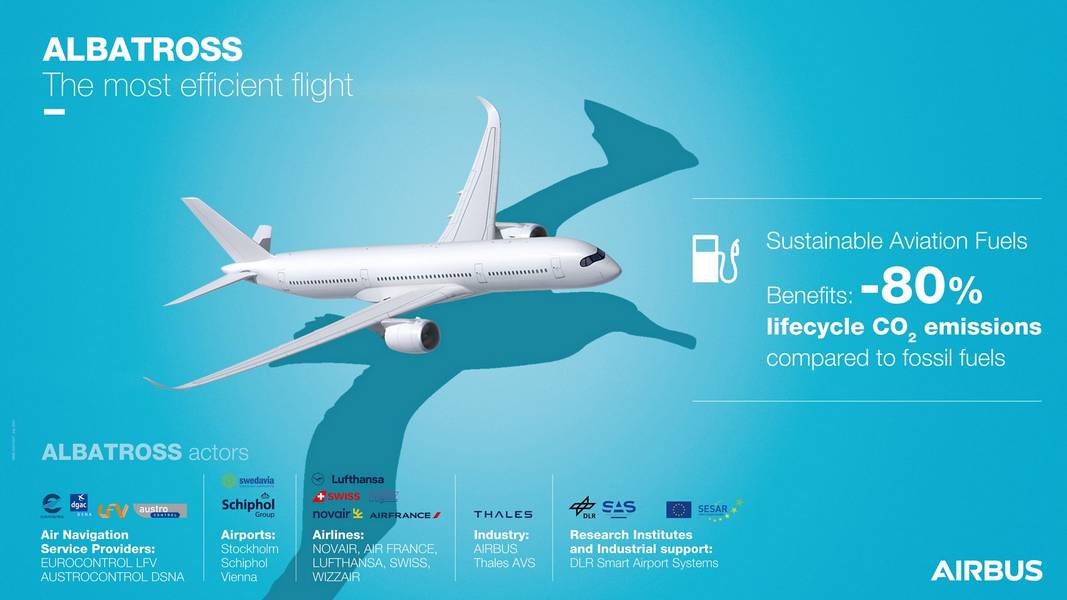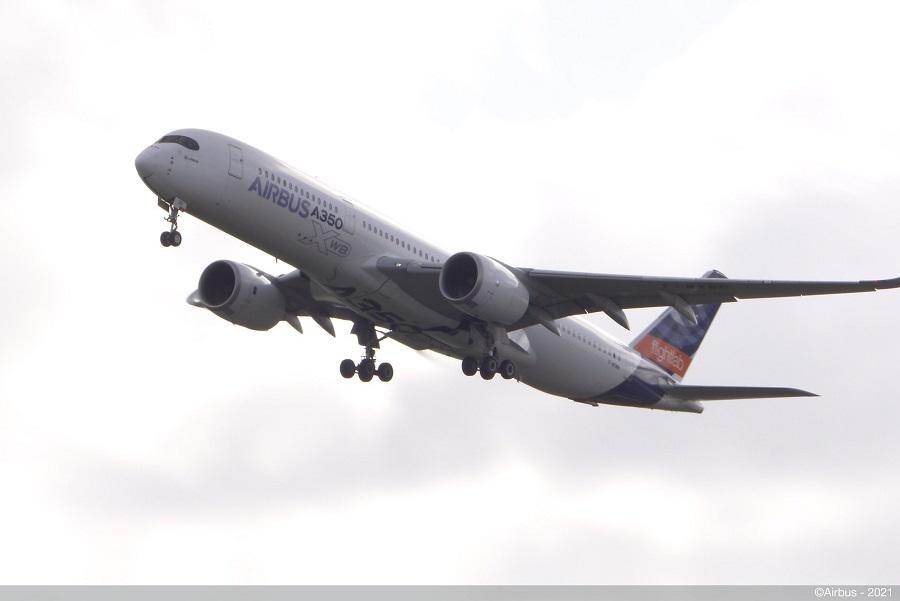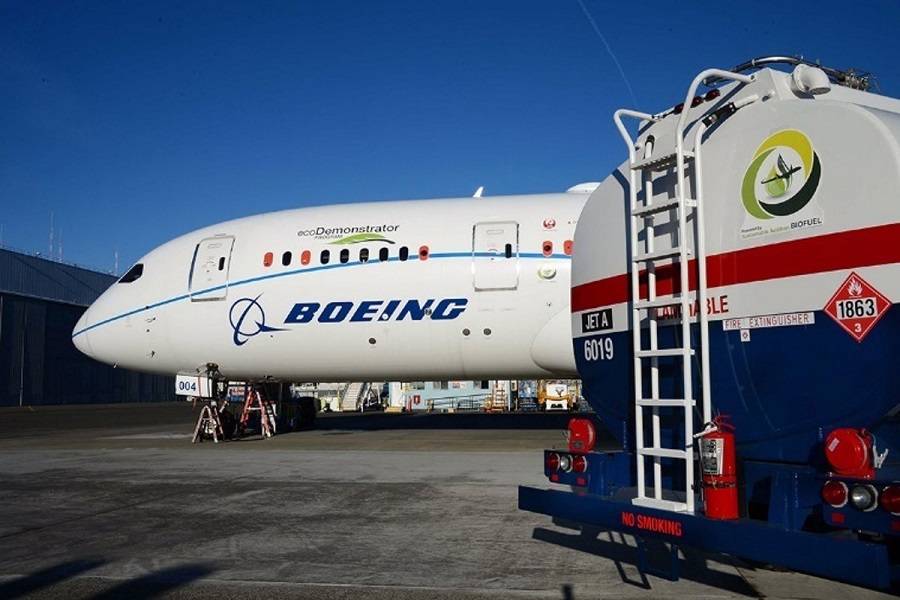SAF (sustainable aviation fuel) isn’t available in most airports, but Airbus hopes that the “Book-and-Claim” concept will simplify its use.
We have seen that Airbus is quite keen on the idea of hydrogen propulsion. The manufacturer is devoting a lot of resources to the development of technologies that will give us hydrogen-powered aircraft. These resources include people who are already working on hydrogen in ESA’s Ariane space programme, now under Airbus’ “umbrella”.
But Airbus is making it clear that hydrogen power for aircraft is a long-term proposition. Last year Airbus suggested 2035 as a possible entry-to-service for the first such aircraft. More recently, they have briefed EU officials that this date may be too optimistic. Or alternatively, that these first aircraft will be small.
However, Airbus also has high hopes for SAF, and the Book-and-Claim concept could help its expansion. The manufacturer recently presented this system, as part of their ALBATROSS efficiency initiatives.

Sustainable Aviation Fuels (SAF) can come from multiple types of sources. But the technology is still new. Several companies are trying to come up with ways to scale SAF to a usable level. So until they do, the fuel is expensive and hard to find. And for that reason, it really doesn’t make sense to distribute small amounts of it around the world. That’s where the Book-and-Claim concept comes in.
SAF And Book-And-Claim
The idea behind the Book-and-Claim system is to take advantage of the most attractive quality of SAF. This is simply the fact that it’s essentially the same as “any old” jet fuel. Under this system, an airline wishing to use SAF at an airport that doesn’t have it can buy (or “book”) it from elsewhere. Then their flight would receive normal Jet-A or Jet-A1 fuel. And at the SAF-capable airport, another airline’s flight would get the SAF.

For the Book-and-Claim concept to work, an international agreement around SAF usage will need to be in place. Then each airline paying the price premium for SAF will get credit for doing so. This is important, as SAF usage by a certain percentage becomes mandatory – something the industry anticipates.
All this is possible because at the moment all jets can use up to 50% SAF. Note that the actual percentage is lower for some types of SAF. But in practice, airlines typically fly with much smaller amounts, usually between 3-5%, more rarely up to 10%. So with Book-and-Claim, a single flight at an airport with SAF availability could account for multiple flights’ SAF use, elsewhere.

First Boeing, then Airbus both committed to making their existing fleets compatible with 100% SAF usage by 2030. Hopefully, by then SAF will be more plentiful and more affordable, offering its benefits to more flights.
Airlines and aviation bodies recently reiterated their commitments to making commercial aviation carbon-neutral by 2050. SAF will be a vital part of achieving this. But the supply chain challenges of a new fuel can be nearly as big as the technological ones. And this is how Book-and-Claim could make the transition to SAF much smoother.




